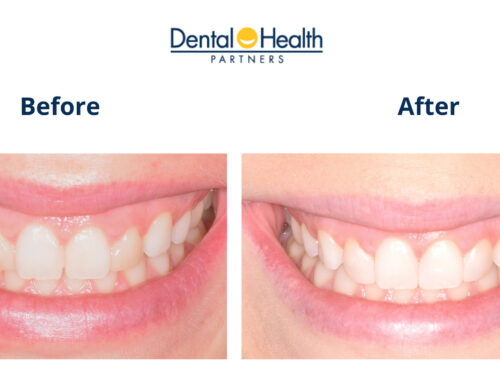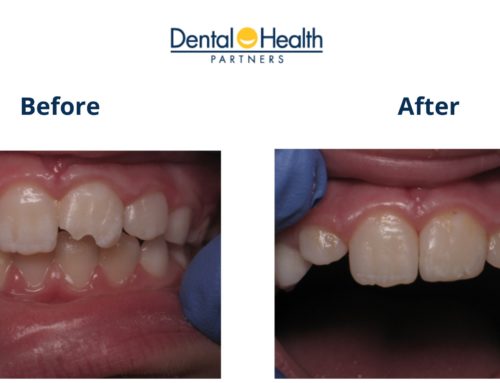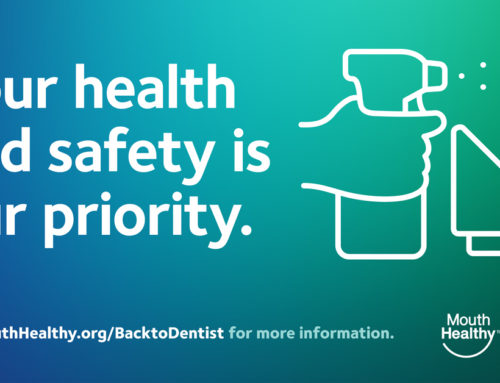There’s a good rule of thumb for braces: If someone in your family needed braces, then there’s a good chance your kids will need braces, too. Some kids can’t wait to get braces — it makes them feel like one of the older kids! While others want to avoid them at all costs. Even if your child isn’t exactly excited about getting braces, they’ll be happy they got them when it’s all said and done. A couple of years are a small price to pay for a lifelong smile.
It can be confusing seeing younger and younger kids with braces as orthodontic treatments adapt to new research. Are you waiting too long to see an orthodontist? Are you starting a difficult process too early? Well, this should help you figure out when the time is right.
Does Your Son or Daughter Need Braces?
First, you should check if your family dentist has undergone orthodontic training. If they haven’t, you can talk to your dentist about orthodontist referrals around your child’s seventh birthday. This is typically when permanent teeth start coming in — your dentist will keep an eye on all the movement happening. They’ll also make sure there’s room for new teeth and identify any issues as early as possible.
Most kids get braces between 10 and 14 years of age, although younger kids are starting to get braces due to advancement in orthodontic treatment. It always depends on the patient. Certain conditions, like a crossbite, are best addressed early when there’s more flexibility for moving teeth. Talk with your dentist to determine the right orthodontic approach for your child.
Is Invisalign an Option?
Who wouldn’t prefer clear plastic trays to brackets and metal wires? Unfortunately, Invisalign can’t fix everything. It’s best suited for mild to moderate complications. Conventional braces don’t have the same limitations as Invisalign because orthodontists have much more control in moving teeth. From overbites and underbites to crooked or overcrowded teeth, braces can correct complex alignment issues. For example, severe overbites might require elastic bands or even tooth extraction to correct, which is why braces are also ideal for correcting jaw alignment and addressing disorders like TMD.
What are the Pros and Cons of Waiting for Braces?
The earlier braces are put on, the earlier braces come off. Waiting can create complications because moving teeth becomes more difficult as kids stop growing, but there are drawbacks to getting braces early, too. Teeth continue to shift throughout life, which is why retainers are necessary at any age, but if there’s too much movement as kids continue to grow, then you might have to settle on a two phase treatment plan. That means a second round of braces a few years after the first.
To avoid complications, pay attention to your child’s teeth for any potential issues and make sure you bring them to the dentist at least every six months. Discuss orthodontic treatment options with your dentist and find the time that’s right for your child.






